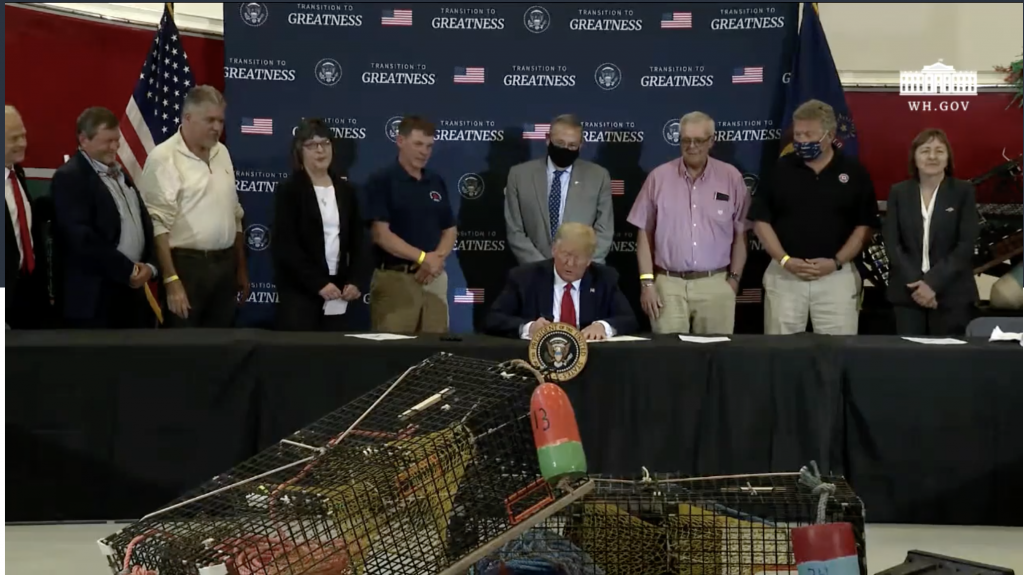July 14, 2020 — The following was released by NOAA Fisheries:
Today, NOAA announced the appointment of Ms. Kelly Denit as the new Director of NOAA’s Office of Sustainable Fisheries. As the new director, Ms. Denit will oversee a national office responsible for the implementation of the Magnuson-Stevens Fishery Conservation and Management Act, the management of Atlantic highly migratory species, and promoting U.S. seafood safety while supporting seafood-related commerce and trade.
In this role, she will work closely with Fisheries’ regional offices and science centers in partnership with the regional fishery management councils, interstate marine fishery commissions, and states to establish effective fishery management measures, set catch limits, ensure compliance with fisheries regulations, and reduce bycatch. She will ensure office activities support agency priorities and work with key stakeholders—including the commercial and recreational fishing industries, tribes, academia, non-government organizations, and others—to advance those priorities around the country.
“U.S. fisheries are among the world’s largest, most valuable, and most sustainable as a result of the U.S. fishery management process. As our new lead for the implementation of the Magnuson-Stevens Act, Ms. Denit has a tremendous responsibility and I have every confidence she will rise to the challenge based on her experience and her extraordinary leadership skills,” said Samuel Rauch III, Deputy Assistant Administrator for Regulatory Programs at NOAA Fisheries.
Ms. Denit has held various positions within NOAA over the last 15 years after first joining the agency as a Knauss Sea Grant fellow in Fisheries’ Office of International Affairs. Most recently, she served as the Chief of the Domestic Fisheries Division in the Office of Sustainable Fisheries. In that role she provided national policy direction and performance oversight to ensure the continued sustainable management of our nation’s fisheries, primarily in federal waters. Prior to that, Ms. Denit’s work covered a range of activities from state/federal partnerships to recreational fisheries to strategic planning/budgeting to catch share programs. She has also worked at the NOAA Ocean Service’s National Centers for Coastal Ocean Science in Beaufort, North Carolina.

